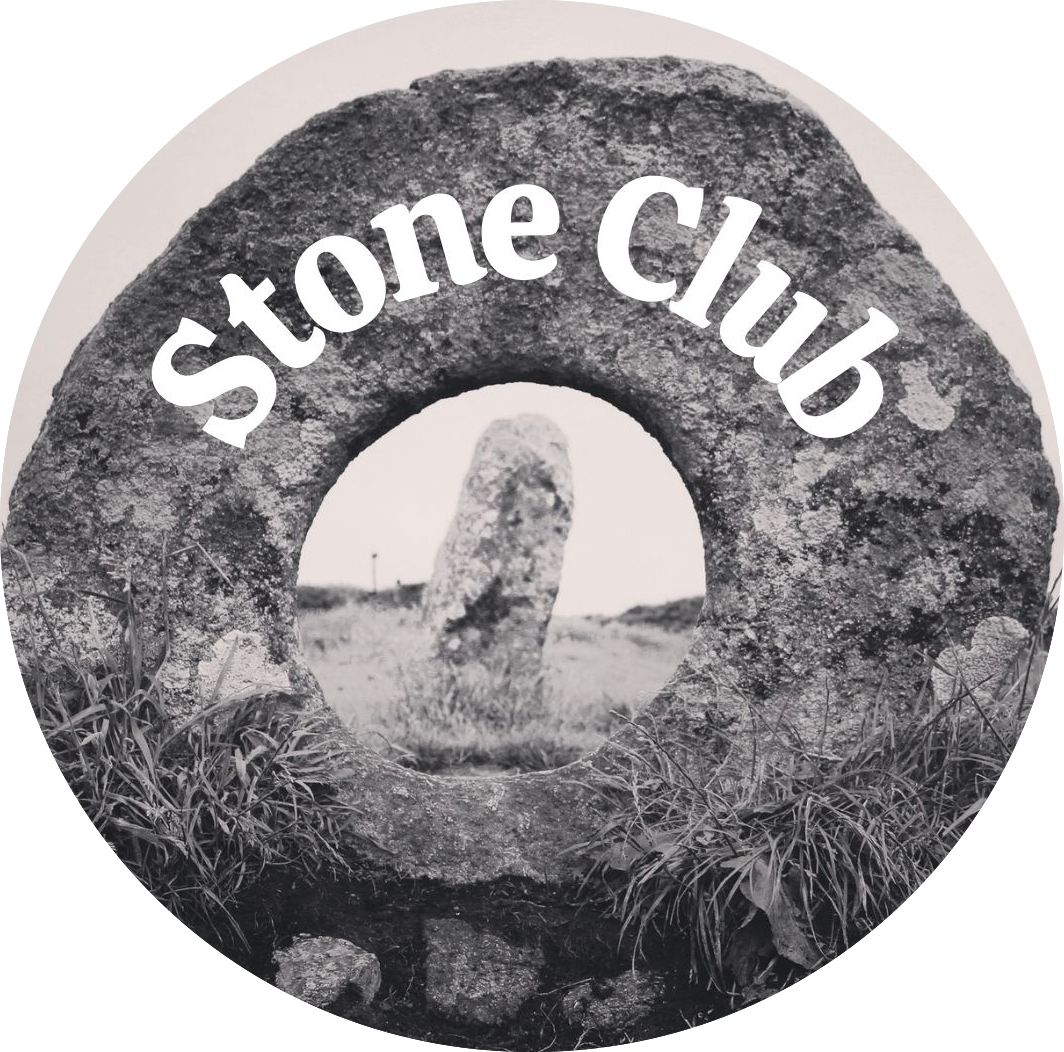Annika Davis da Cunha (Member no: 2138)
Anta de Fonte Coberta
Anta de Fonte Coberta translates to “Dolmen of the Covered Spring”, suggesting that the dolmen was associated with a source of water at some point
We arrive at the small village of Chã at night, and after fumbling with the lockbox outside our Airbnb for a while, finally gain access to our lodgings. Starved, we throw ourselves down on the couch and search Google Maps for a nearby restaurant that is still open late on a Sunday night. The only one we find is, quite fittingly, called Cafe Anta, anta being the Portuguese word for dolmen. We set out for Cafe Anta, walking through the dark night accompanied occasionally by dogs from the village, until we find it on the side of a main road. We eat bread, cheese, and meats, and drink beer and white wine, both of which come poured from a spout, before heading back to rest before tomorrow’s journey to the dolmen.
In the morning the sun is shining, and we set out for Anta de Fonte Coberta, winding through the village and past the dolmen’s namesake cafe again, then past fields of sheep and old abandoned farm buildings. The only other person we pass is an old man, probably a shepherd, walking slowly on the other side of the road with a dog. They both cast a suspicious eye on us. Eventually the small road we’ve been following meets the highway, and we can see where the dolmen is tucked within the trees on the other side. But a nonstop stream of cars makes the prospect of running across the highway seem far too dangerous, so we decide to return by car. The road signs are confusing, but eventually we pull off the highway onto a dirt road that we hope will take us to the dolmen, and not to someone’s private farm. After just a few minutes of off-roading in the minivan, our fears are assuaged as the dolmen comes into view. We can drive basically right up to it, making it quite easily accessible as megaliths go (as long as you’re not trying to approach by foot from the other side of the highway).
Anta de Fonte Coberta translates to “Dolmen of the Covered Spring”, suggesting that the dolmen was associated with a source of water at some point. As British antiquarian William Borlase (1848 – 1899) wrote, "It is interesting to notice that the pre-Christian custom called dessil, or circuit around a venerated spot; which is practised in Ireland in the case of one dolmen at least, as well as at wells and Churches innumerable, is found also in Portugal... It is not in Ireland alone that dolmens are associated with the notion of wells and water springs. The Portuguese names, Anta do Fontao, Fonte Coberta, Anta do Fonte-de Mouratao, and the French names, Fonte de Bourre, and Fonte nay le Marmion, show this to be the case". Like most dolmens, Anta de Fonte Coberta is made up of 7 upright stones that support the capstone, and it stands about 3 meters tall. If a spring was ever present in the area it has long dried up, and now the dolmen rests atop a clearing of sandy earth, from which dry grasses of brown and sage green have sprung up. Behind the clearing is a forest of spindly pine trees, whose fragrant needles scent the dry, dusty air.
I had read that traces of carvings and red ochre markings can be found on the stones, but I can’t find any, perhaps they are hiding underneath the patchwork of moss and lichen. Within the dolmen, cigarette butts and a discarded condom wrapper suggest that contemporary use of the structure differs from what we believe to be its original intended use as a burial mound, and I wonder if its builders would be dismayed or glad to have provided a refuge for revelry to people so far away in time. If nothing else, it serves as a reminder that despite the immense passage of time, the changing of human nature and culture, and the quieting of our ability to listen to the energies of the earth, something does still draw us to these magical sites.

